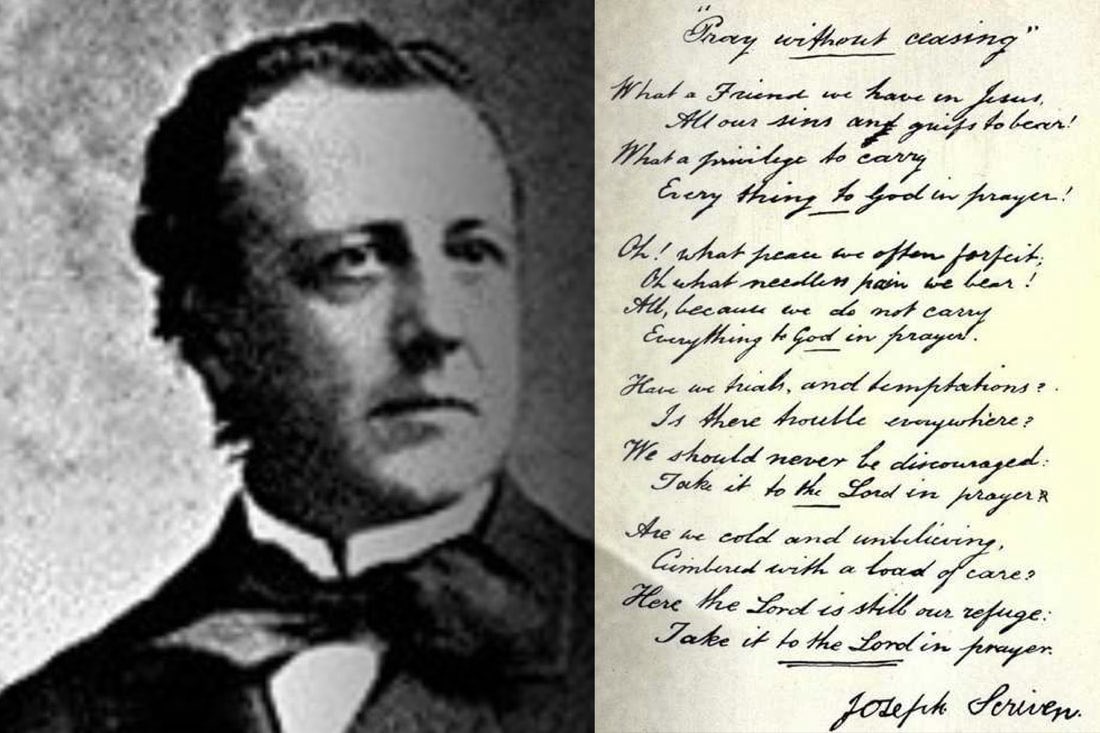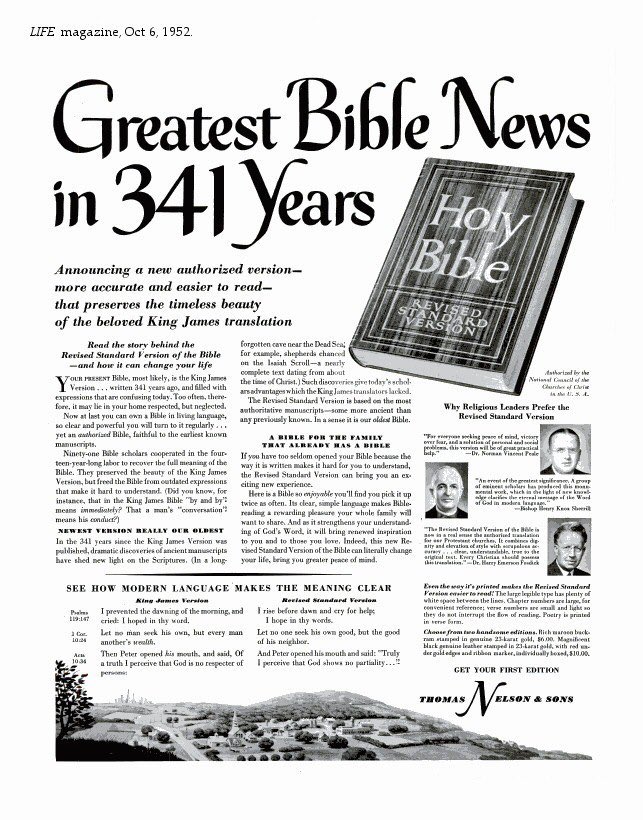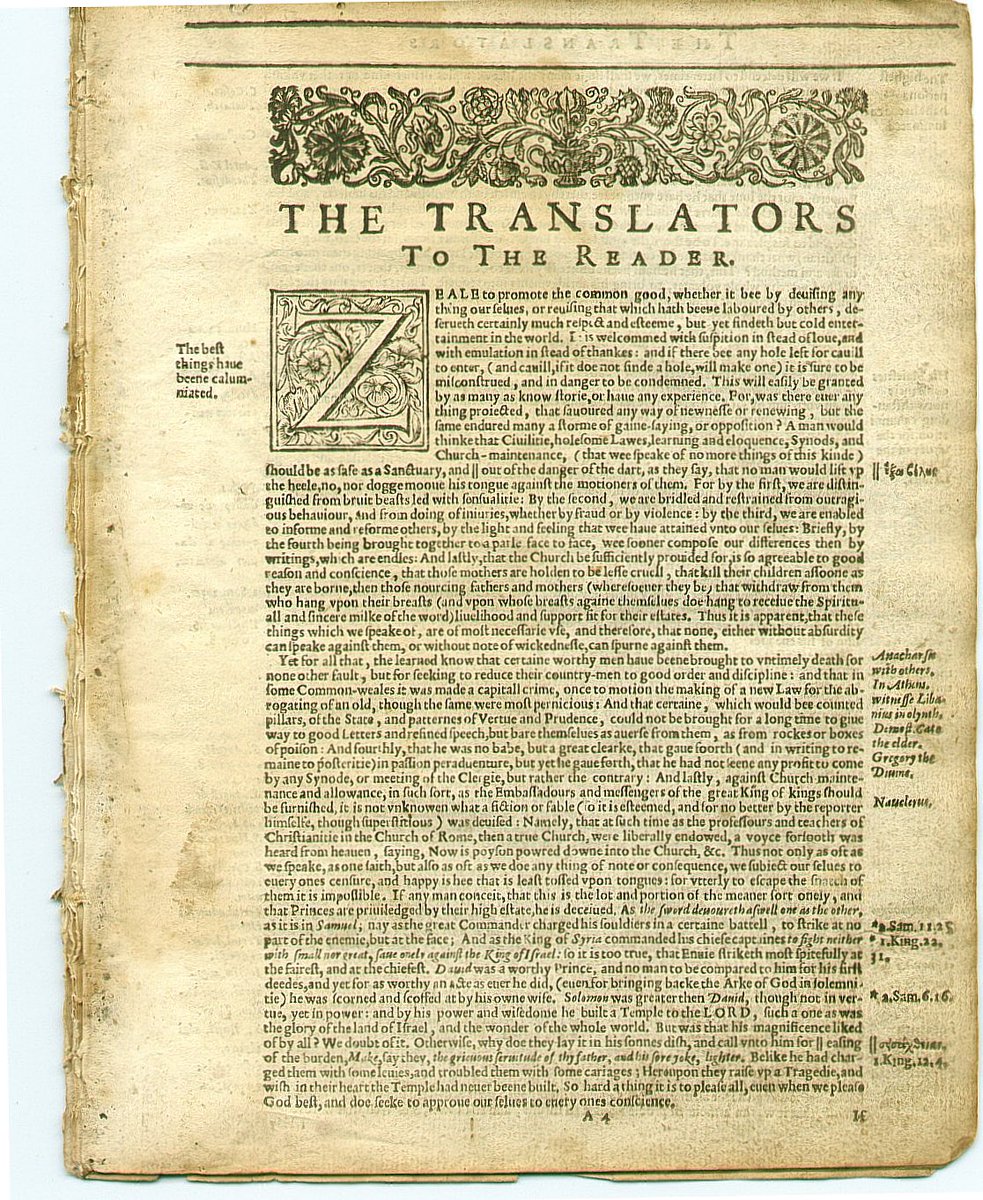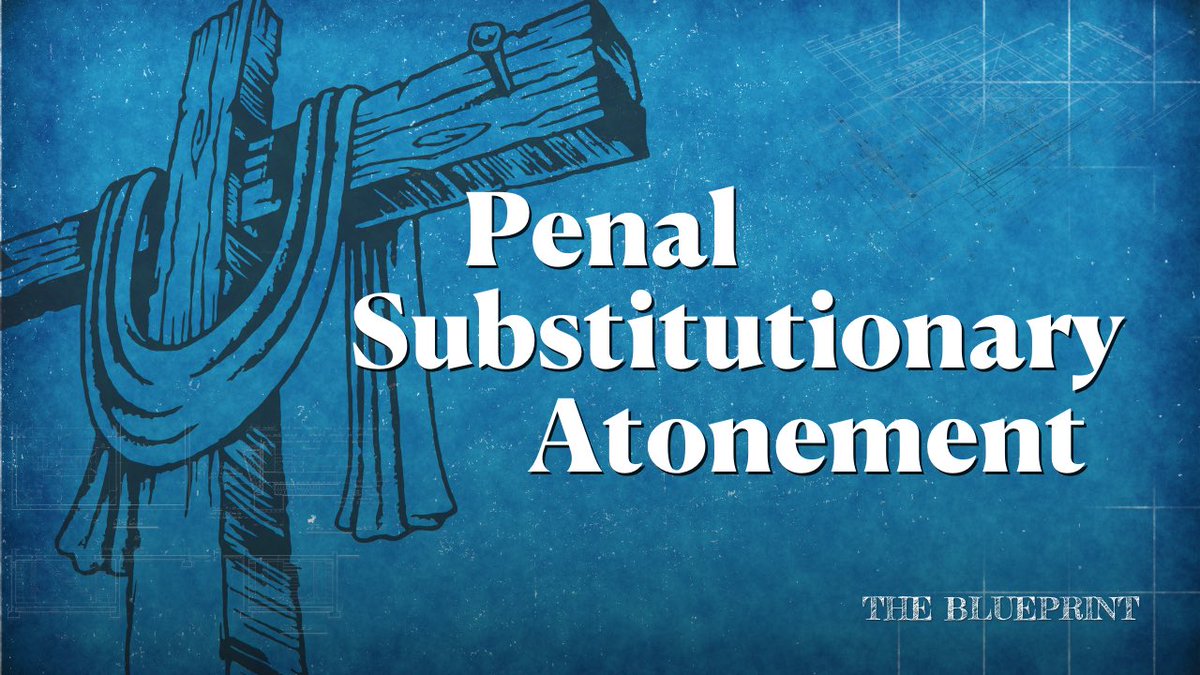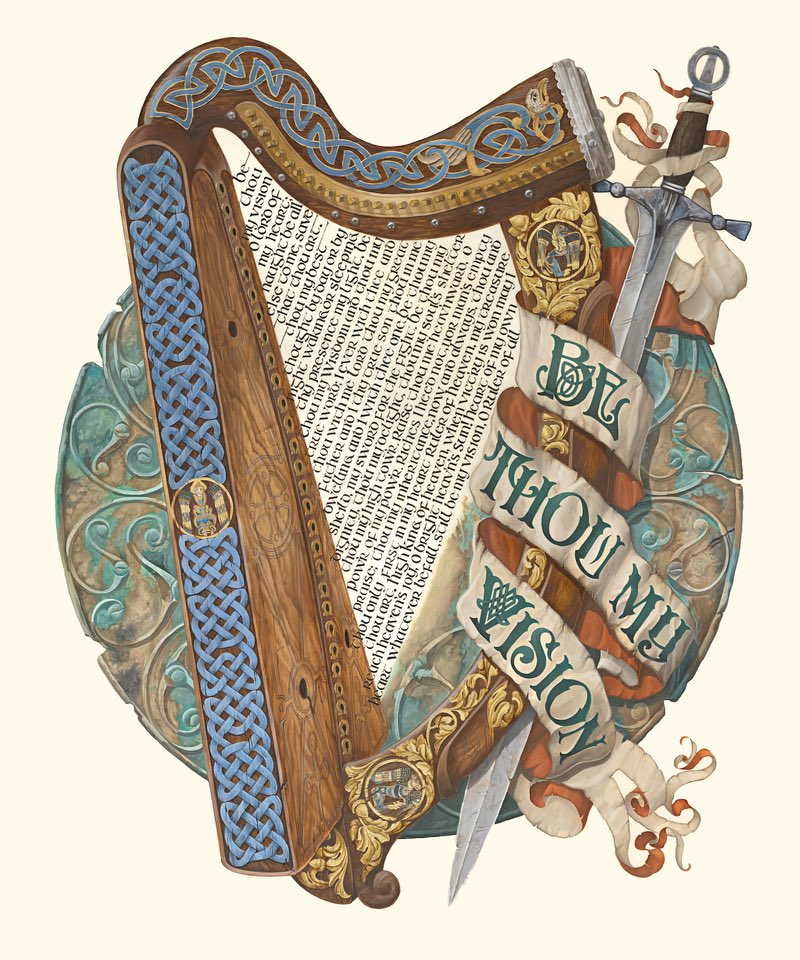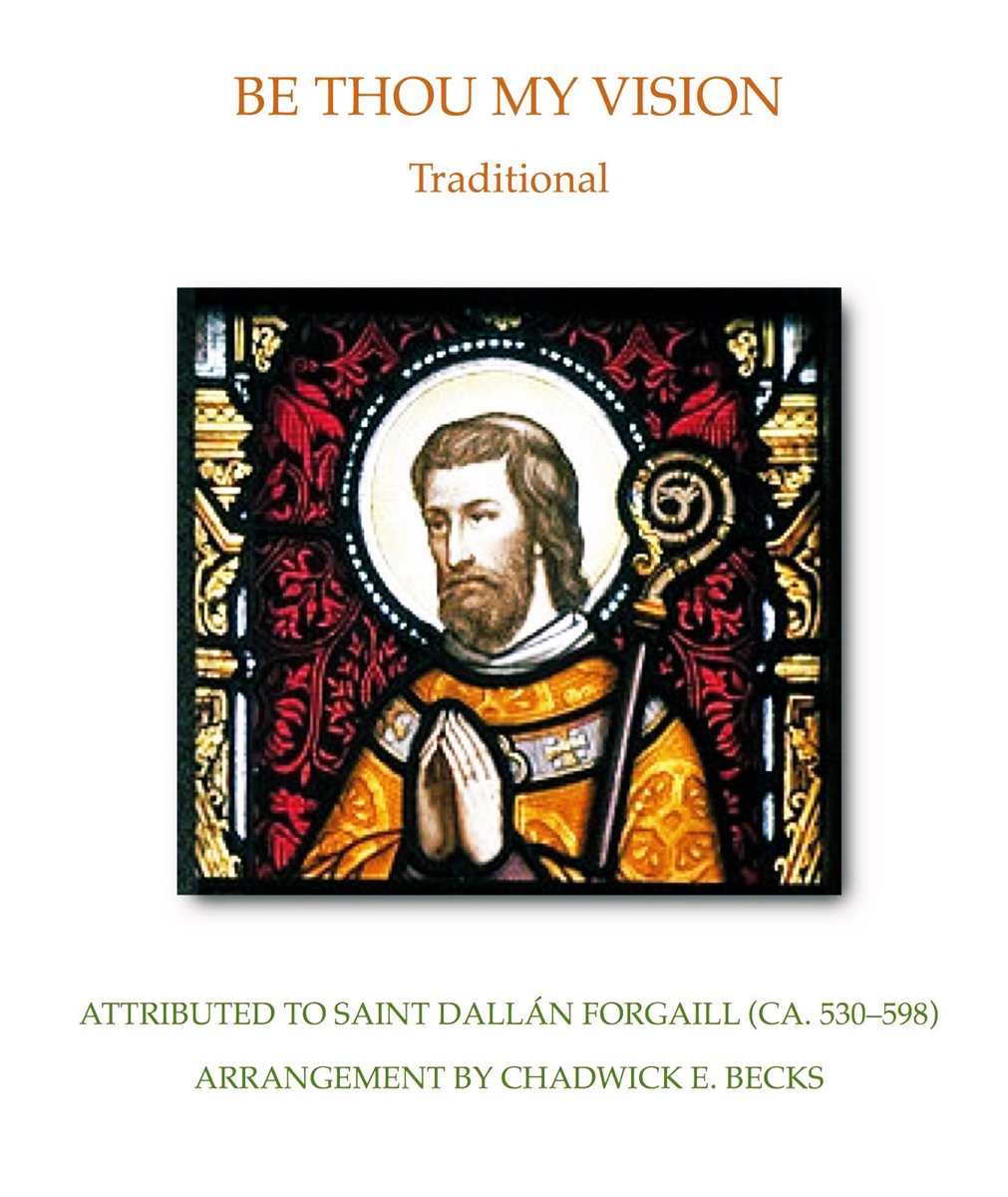🧵Fritz Erbe - The Reformation Martyr You’ve Never Heard Of… Till Now
Most people know the giants of the Reformation: Luther, Calvin, Zwingli. But few know of this Anabaptist saint who paid dearly for his convictions. This is the horrifying & inspiring story of Fritz Erbe 🧵👇
Most people know the giants of the Reformation: Luther, Calvin, Zwingli. But few know of this Anabaptist saint who paid dearly for his convictions. This is the horrifying & inspiring story of Fritz Erbe 🧵👇
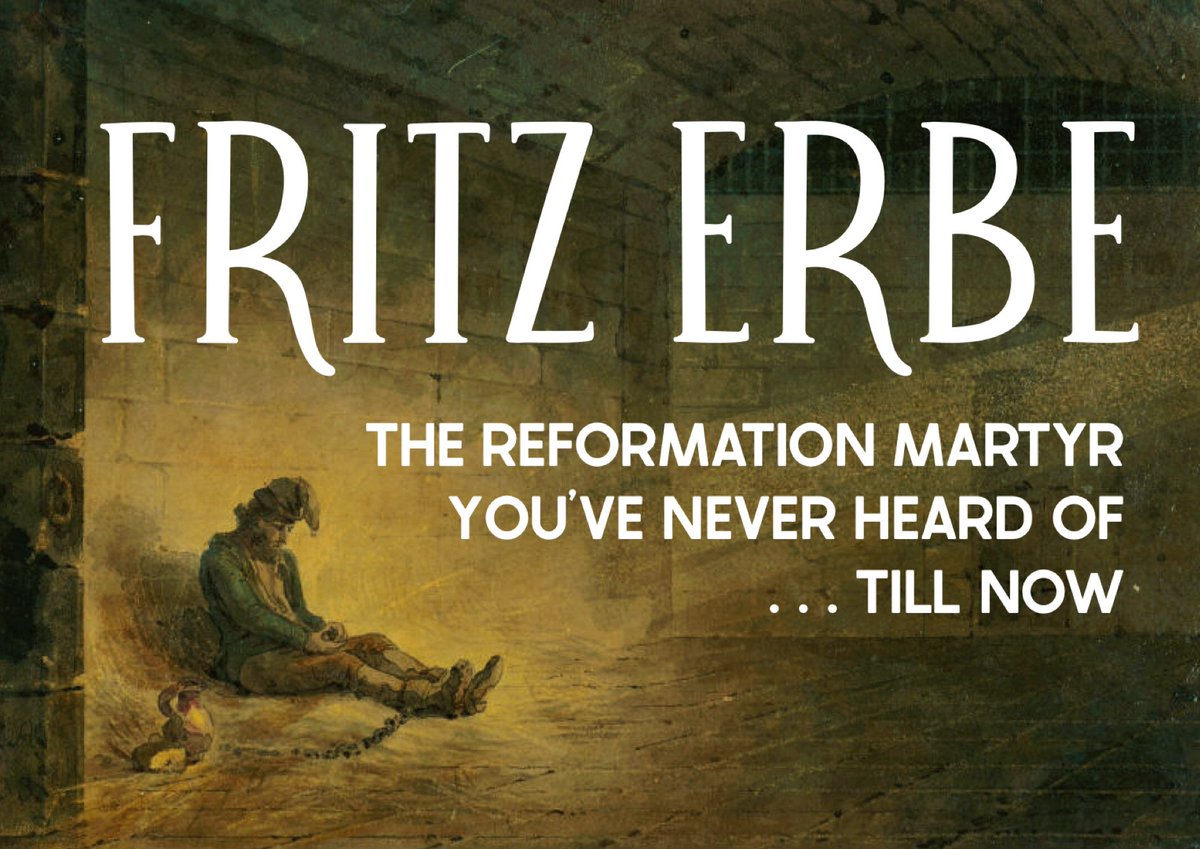
🧵 1. A Simple Farmer, A Dangerous Conviction
Fritz Erbe lived in the German town of Herda. Unlike his peadobaptist neighbors, he embraced the Anabaptist teaching that baptism should follow personal faith in Christ & therefore should not be given to infants. Fritz was in danger.
Fritz Erbe lived in the German town of Herda. Unlike his peadobaptist neighbors, he embraced the Anabaptist teaching that baptism should follow personal faith in Christ & therefore should not be given to infants. Fritz was in danger.
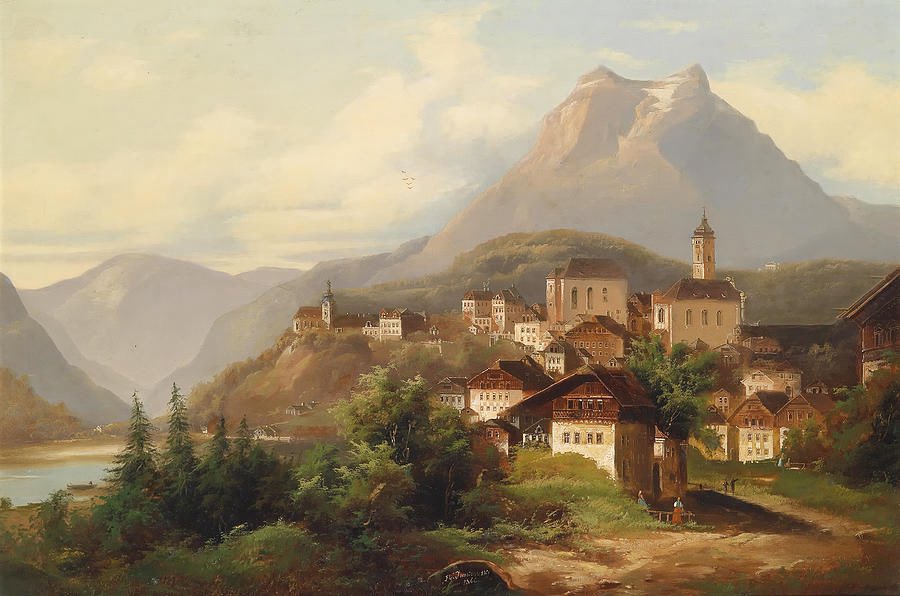
🧵 2. First Arrest (1531–1532)
In October 1531, Erbe was arrested in Hausbreitenbach for being “re-baptized.” He was taken to Eisenach and imprisoned, but in January 1532, Landgrave Philip of Hesse pardoned him. Possibly after a forced recantation.
In October 1531, Erbe was arrested in Hausbreitenbach for being “re-baptized.” He was taken to Eisenach and imprisoned, but in January 1532, Landgrave Philip of Hesse pardoned him. Possibly after a forced recantation.

🧵 3. Second Arrest (1533)
In January 1533, Erbe was seized again. This time for sheltering an Anabaptist woman and for not baptizing his child. Elector John Frederick wanted him executed. But Philip of Hesse hesitated, and so Erbe remained imprisoned in Eisenach’s “Stork Tower.”
In January 1533, Erbe was seized again. This time for sheltering an Anabaptist woman and for not baptizing his child. Elector John Frederick wanted him executed. But Philip of Hesse hesitated, and so Erbe remained imprisoned in Eisenach’s “Stork Tower.”

🧵 4. The Wartburg Dungeon (1540)
After 7 long years in Stork Tower, Erbe was moved to Wartburg Castle. There, in the south tower’s underground cell (10 meters deep, dark, and freezing) he was locked away. It was known as the “terror hole.”
After 7 long years in Stork Tower, Erbe was moved to Wartburg Castle. There, in the south tower’s underground cell (10 meters deep, dark, and freezing) he was locked away. It was known as the “terror hole.”

🧵 5. Failed Attempts to Break Erbe
In 1541, reformer Eberhard von der Tann tried to sway Erbe by transferring him to a monastery for debate. But Erbe refused to abandon his convictions. He was sent back underground, where the damp, cold, and isolation slowly consumed him.
In 1541, reformer Eberhard von der Tann tried to sway Erbe by transferring him to a monastery for debate. But Erbe refused to abandon his convictions. He was sent back underground, where the damp, cold, and isolation slowly consumed him.

🧵 6. The Irony of Luther & Erbe
The Wartburg Castle once sheltered Luther as he hid from the sacral authorities and translated the Bible into German. Only 20 years later, the same fortress held Fritz Erbe in its dungeon. This time imprisoned by Luther’s own followers.
The Wartburg Castle once sheltered Luther as he hid from the sacral authorities and translated the Bible into German. Only 20 years later, the same fortress held Fritz Erbe in its dungeon. This time imprisoned by Luther’s own followers.

🧵 7. Death in Captivity (1548)
After nearly 8 years in the dungeon, Fritz Erbe died in 1548. He never recanted. He never compromised. He remained faithful, even as his body broke down in the darkness.
After nearly 8 years in the dungeon, Fritz Erbe died in 1548. He never recanted. He never compromised. He remained faithful, even as his body broke down in the darkness.

🧵 8. Rediscovery of His Witness
In 1925, Wartburg’s warden found Erbe’s name carved into the dungeon wall. A silent proof of his existence. In 2006, remains possibly linked to him were uncovered beneath the castle. Today, a memorial stone marks his story.
In 1925, Wartburg’s warden found Erbe’s name carved into the dungeon wall. A silent proof of his existence. In 2006, remains possibly linked to him were uncovered beneath the castle. Today, a memorial stone marks his story.

🧵 9. The Legacy of Fritz Erbe
Church history (especially the Reformation) is not a clean, tidy story. It’s often messy, conflicted, and filled with sad irony. In the middle of that tension stands Fritz Erbe. Not a theologian, but a farmer whose conscience held firm. His quiet resolve forces us to ask, “would we cling to our convictions with the same steadfastness if result was torture and death?”
Church history (especially the Reformation) is not a clean, tidy story. It’s often messy, conflicted, and filled with sad irony. In the middle of that tension stands Fritz Erbe. Not a theologian, but a farmer whose conscience held firm. His quiet resolve forces us to ask, “would we cling to our convictions with the same steadfastness if result was torture and death?”

🧵 Did this Story Convict & Inspire You?
If so, would you please give it a share 🔂 so that more people can know about this forgotten reformation martyr? Follow my account @joshuabarzon for my simple and understandable threads on topics from church history, theology.
Lastly, please visit barzonDESIGN.com if your church, ministry, or business is in need of a new logo or brand design project.
Sources & Further Reading
• Wikidata entry on Fritz Erbe –
• Wartburg Castle (English Wikipedia)
• Global Anabaptist Mennonite Encyclopedia Online (GAMEO)
• “Reforming from Below” by Peter Matheson (PDF excerpt)
• German Wikipedia: Fritz Erbe –
• James White’s (@HwsEleutheroi) Wartburg Tour – This video can be found on YouTube.
If so, would you please give it a share 🔂 so that more people can know about this forgotten reformation martyr? Follow my account @joshuabarzon for my simple and understandable threads on topics from church history, theology.
Lastly, please visit barzonDESIGN.com if your church, ministry, or business is in need of a new logo or brand design project.
Sources & Further Reading
• Wikidata entry on Fritz Erbe –
• Wartburg Castle (English Wikipedia)
• Global Anabaptist Mennonite Encyclopedia Online (GAMEO)
• “Reforming from Below” by Peter Matheson (PDF excerpt)
• German Wikipedia: Fritz Erbe –
• James White’s (@HwsEleutheroi) Wartburg Tour – This video can be found on YouTube.
• • •
Missing some Tweet in this thread? You can try to
force a refresh



